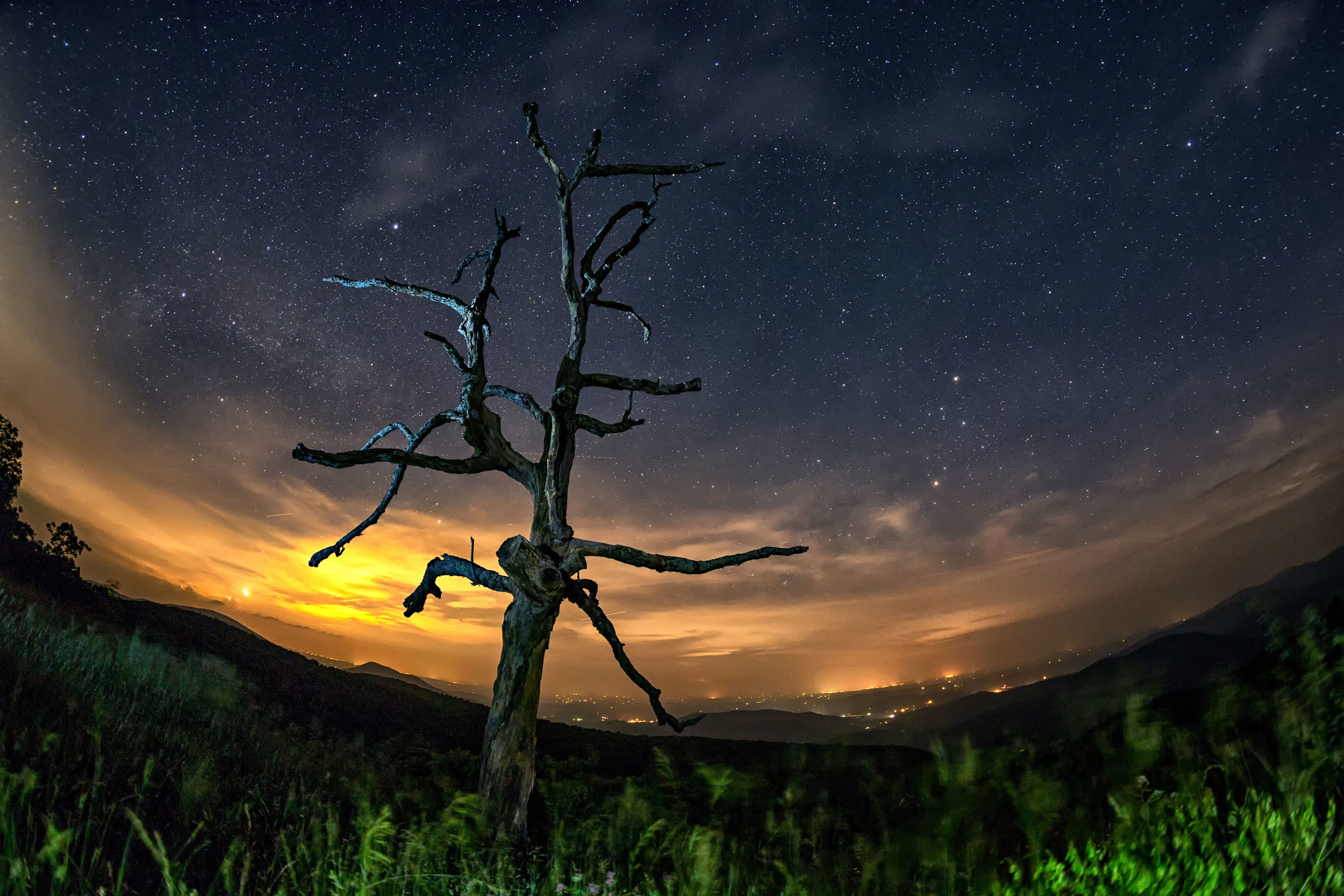Imagine cities with starry skies....
In 1958, the small mountain town of Flagstaff, Arizona, became the first municipality in history to enact a light pollution control ordinance. Flagstaff is home to the Lowell Observatory, where Pluto was discovered, the early Martian surface research was conducted, and the first evidence of Dark Matter was registered. Flagstaff’s Northern Arizona University Astronomic Research Observatory was first to conduct an infrared observation of the sky from Earth’s surface.
Flagstaff’s light control ordinance prohibited “the use of commercial searchlights within the city limits.” Punishments for violating the ordinance included “imprisonment in the city jail not to exceed 90 days.”
Protection of the night sky continued for decades as Flagstaff grew in population. Coconino County, where Flagstaff is located, enacted a lighting code in 1973, covering the second-largest county in the United States. In 1981, the county took it a step further, banning all billboards and the accompanying lighting.
Finally, in recognition of its pioneering role in protecting the night sky, Flagstaff was designated the World’s First International Dark-Sky Community by the International Dark-Sky Association in 2001.
Since then, over a dozen other cities enacted a light pollution ordinance, including Sedona, Arizona and Borrego Springs, California.
Today, the National Park Service protects some of the most pristine dark sky areas in the country. The National Park Service Natural Sounds and Night Skies Division measures light pollution in parks around the country and develops strategies to curb the impacts of skyglow.
However, despite National Park efforts to preserve nature for the enjoyment of the people, the use of artificial light both within and outside the boundaries of the National Parks threatens the quality of night skies.
Joshua Tree is one of such parks affected by the light from neighboring Los Angeles and Palm Springs, while being stuck between Los Angeles area and Las Vegas keeps the even the remotest parts of the Mojave National Preserve from maintaining clear night skies.
Meanwhile, much of New Mexico’s White Sands National Monument suffers from light pollution coming from nearby cities Alamogordo and Las Cruces. In Yellowstone National Park, as in other sanctuaries, the prevalence of light around building structures makes it impossible to achieve perfect dark skies in all areas of the park.
Even in the more remote parks, such as Death Valley, distant cities' skyglow is visible from from hundreds of miles away, and car lights add to artificial light intruding on the quality of darkness. Meanwhile, in Shenandoah National Park, light pollution from surrounding towns significantly impacts night sky quality over every single stretch of the mark, and the entirety of the 469-mile Blue Ridge Parkway.
In Shenandoah National Park, only the occasional passing clouds block enough light from the surrounding cities to offer visitors a decent view of the heavens. With an estimated light pollution growth at 6 percent a year, National Parks, along with all of the developed world, may lose their dark skies by the end of the 21st Century.









